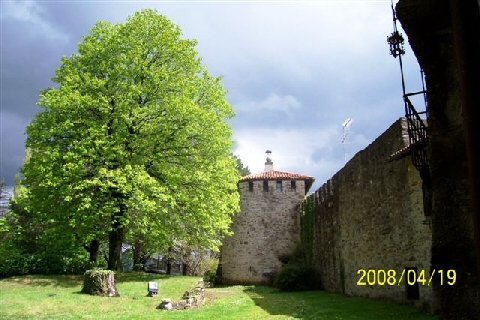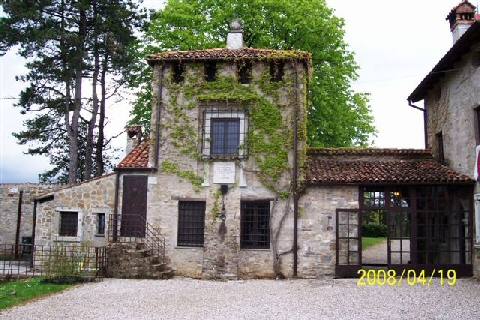

| Main |
|---|
| News |

 |  |
Castle of San Floriano
The social dinner will be held in the Castle of San Floriano, also known as Castello Formentini. San Floriano is located right above the city of Gorizia, on the beautiful hills of the Collio. It is a village of winemakers who are producing some of the best Doc wines of Italy

History
The south western part of the Collio was inhabited already in prehistoric times; archeological finds of coins and walls near San Floriano are evidence of a later Roman settlement. The first known document in which the locality of San Floriano appears dates from 1170; this document regards contracts for tha sale of lots of land, vineyards and houses transacted between the abbess Irmilint of the Convent of S. Maria of Aquileja and the inhabitants of San Floriano. Tha Castle was built to defend the village; it was part of a wider imperial system of defences, whose strongholds were Gorizia and Gradisca, supported by the castles of Quisca, San Martino, Castel Dobra, etc., on the Collio. In 1520 Vinciguerra Formentini of Cividale bought the castle; till then it had belonged to the Ugrispach family. After the purchase, the castle was restored and to perpetuale the memory of this restoration a memorial tablet, still existant, was built into the wall of the northern facade. From the drawing of 1609 shown above, it appears that the castle was composed of a main building, the feudal lord's residence, smaller residences and the church, all surrounded by embattled walls and interspersed with strong towers. During the Wars of Gradisca between Venice and the Habsburgs (1615 - 1617), San Floriano was conquered by the Venetians, who also found "three hundred casks of very exquisite wine" in the castle cellars. The First World War caused irreparable damage to the castle, especially in the southern and southwestern parts, where only a few traces of the ancient outer walls remian. On the other hand, the castle's features are well preserved on the northern side, where the door, two towers and parte of the walls facing east, with embrasures, can be seen. Opposite this section of the walls, the trench following the outline of the castle walls is clearly delineated; a big fireplace is still visible in the watch tower. On the ground floor, where is now the restaurant, the wine cellars were once located.

 Print this page
Print this page